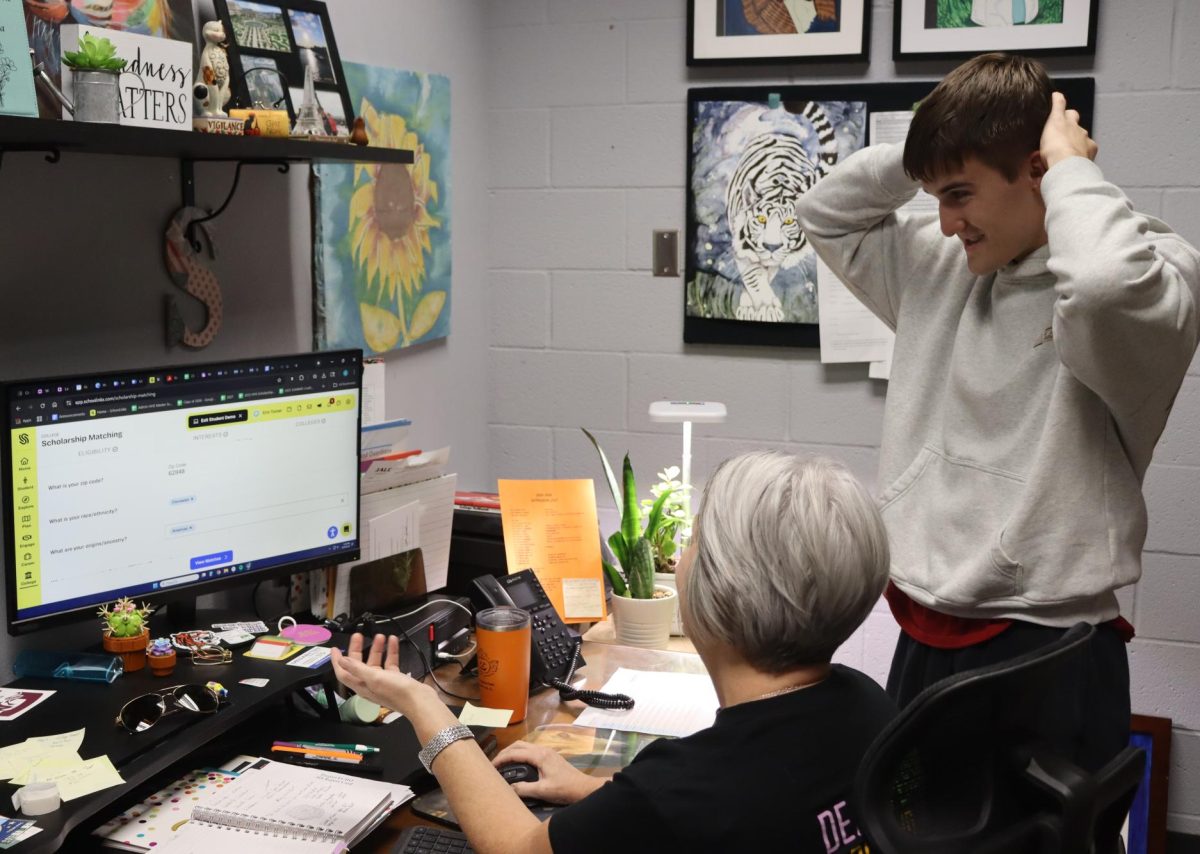Whether it be a horrifying thriller or a classic children’s film, everyone has their weak points during the Halloween season. Now it’s time to discuss why and which is more common.
To kick the spookiness off, horror movies have always been an interesting phenomenon in that it’s odd how many people enjoy being scared. The psychology behind it shows us that the mini spurts of adrenaline and dopamine (excited and happy hormones) keep people coming back for more.
Alongside that, the ability to undergo scary situations in a safe environment is a good learning experience. Director of the Recreational Fear Lab at Aarhus University in Denmark, Mathias Clasen, as well as his colleagues, identified three kinds of broad horror fans, these kinds being: “adrenaline junkies,” white knucklers,” and “dark copers.”
Adrenaline junkies get a good boost out of the leisurely fear and try to leverage it to their advantage as much as possible by allowing themselves to scream and actively focusing on the scary event. This rush causes people to release adrenaline, noradrenaline, and cortisol and subsequently an uplifted mood.
White knucklers try to hit the “sweet spot” between too little fear, which is boring, and too much fear, that the anxiety is more than the fun. They accomplish this by adding comedy to the scary situation and finding their specific point of enjoyment.
Dark copers use scary media to help deal with anxieties about the world or their own lives. By specifying the cause of fear or dread, it can give a person more control over their emotions. Toying with the leisurely fear and manipulating it helps with coping skills, which makes perfect sense considering the safe and controlled environment in which these scary activities happen. For example, watching a movie like Saw is disturbing and anxiety-inducing, yet the franchise continues to grow.
On the opposite end of the scale, more mature or older people can also still enjoy children’s films at their age.
Surely it’s easy to understand the concept of nostalgia and why people crave it. Nostalgia can be experienced by any generation and can be caused by more than pieces of media. The ability to experience a movie as a more mature individual than the last time you saw it guides people toward the deeper meanings of the movies they loved as a child.
For instance, The Nightmare Before Christmas has many deeper meanings within the music or animation not understood as a child, but as a person matures the meanings become more clear than just a story about Halloween.
Since the ideas of why people watch the movies that they do have been further explored, let’s look at how this relates to the students of HHS. In a poll released to all students, it was found that over 75% of them prefer horror movies over children’s and out of six various movies, the horror films were more well-liked, with the exception of The Nightmare Before Christmas. Many justified their love of horror films saying their favorite part about a Halloween movie is “being scared and the excitement of it all.”
On the opposite end, around 25% of people prefer children’s movies, such as Hocus Pocus, Halloween Town, and many films directed by Tim Burton and Henry Selick.
One may ask: “What’s so great about Halloween anyway?” Well, HHS students have provided the answer. One of the most common responses was, unsurprisingly, “the fear factor and the suspense.”
Halloween is a time for fun, excitement, and scariness. Going along with that, many people enjoy Halloween simply for the vibes and general feel of this time of year. Halloween, movies especially, give a good justification to spend time indoors with family and friends, enjoying the season. Finally, another highly popular response found that the holiday brings fantastic creativity and uniqueness in many forms of media to be loved by all.
Overall, the Halloween season makes way for some amazing movies. Regardless of what kind you enjoy, there’s always something to enjoy about the season.









